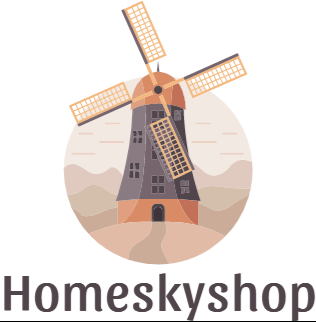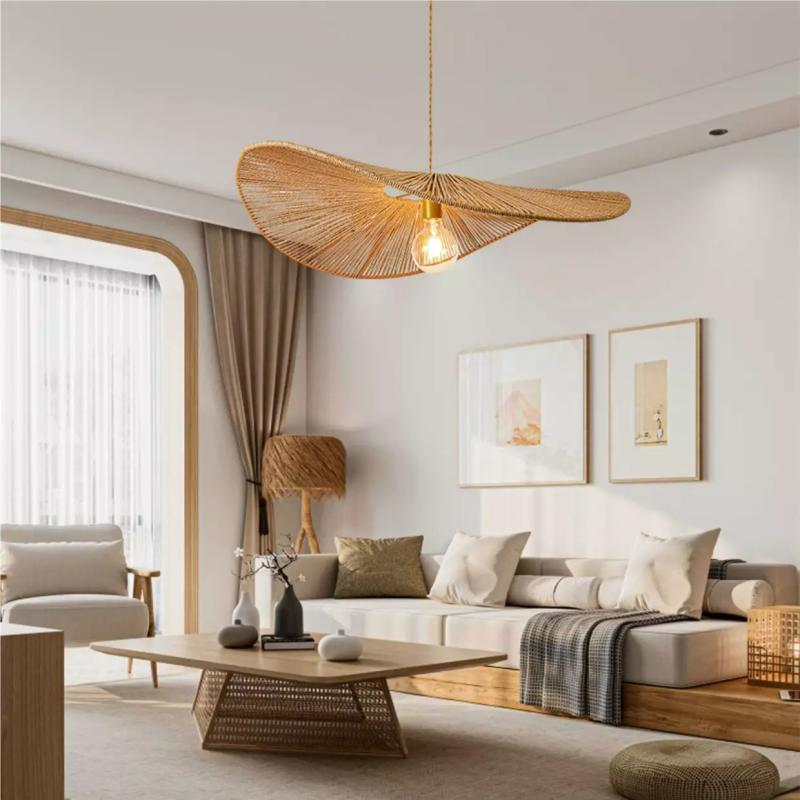The Future of Interior Design
Interior design is an ever-evolving field that is constantly influenced by new trends and innovations. As we look to the future, there are several key trends that will shape the way we design and decorate our homes. From sustainable design to smart homes, the future of interior design is exciting and full of possibilities.
Sustainable Design: Incorporating Environmental Consciousness
Sustainable design is becoming increasingly important in interior design as people become more aware of the impact their choices have on the environment. This approach focuses on creating spaces that are environmentally friendly, energy-efficient, and made from sustainable materials.
One example of sustainable design in interior design is the use of reclaimed materials. This involves repurposing materials that would otherwise go to waste, such as reclaimed wood or recycled glass. By incorporating these materials into their designs, interior designers can create unique and eco-friendly spaces.
If you’re looking to incorporate sustainable design into your own home, there are several tips you can follow. First, choose materials that are made from renewable resources, such as bamboo or cork flooring. Second, opt for energy-efficient appliances and lighting fixtures to reduce your energy consumption. Finally, consider using low VOC (volatile organic compound) paints and finishes, which are better for both your health and the environment.
Smart Homes: Integrating Technology into Interior Design
Smart home technology is revolutionizing the way we live and is also having a significant impact on interior design. From voice-activated assistants to automated lighting systems, technology is being seamlessly integrated into our homes.
One example of how technology can be integrated into interior design is through the use of smart lighting systems. These systems allow homeowners to control their lighting fixtures remotely using their smartphones or voice commands. This not only adds convenience but also allows for greater customization and energy efficiency.
The benefits of smart homes for homeowners are numerous. They offer increased security through features like smart locks and security cameras. They also provide greater control over energy usage, which can lead to cost savings. Additionally, smart home technology can enhance the overall functionality and comfort of a space.
Multifunctional Spaces: Maximizing Small Spaces
As urban living becomes more popular, the trend towards smaller living spaces is on the rise. This has led to a greater emphasis on maximizing space and creating multifunctional areas that serve multiple purposes.
One example of a multifunctional space in interior design is a living room that can also be used as a guest bedroom. This can be achieved by incorporating a sofa bed or a daybed into the design, allowing the room to easily transition from a seating area to a sleeping area.
If you’re looking to maximize a small space in your own home, there are several tips you can follow. First, choose furniture that serves multiple purposes, such as a coffee table with built-in storage or a dining table that can be extended when needed. Second, utilize vertical space by installing shelves or hanging storage solutions. Finally, consider using light colors and mirrors to create the illusion of a larger space.
Biophilic Design: Bringing Nature Indoors
Biophilic design is an approach that seeks to incorporate elements of nature into interior spaces. This can include the use of natural materials, such as wood or stone, as well as the incorporation of plants and natural light.
One example of biophilic design in interior design shinelightings is the use of large windows that allow for ample natural light and views of the outdoors. This not only creates a connection to nature but also enhances the overall aesthetic of the space.
If you’re interested in incorporating biophilic design into your own home, there are several tips you can follow. First, bring in plants and greenery to add a natural element to your space. Second, choose materials that have a natural look and feel, such as reclaimed wood or natural stone. Finally, maximize natural light by using sheer curtains or blinds that allow for sunlight to filter through.
Color Trends: Forecasting the Hues of 2023
Color trends play a significant role in interior design, as they can greatly impact the overall mood and atmosphere of a space. Each year, color experts forecast the hues that will dominate the world of interior design.
For 2023, color experts are predicting a shift towards warm and earthy tones. Shades of terracotta, mustard yellow, and olive green are expected to be popular choices for interior design. These colors evoke a sense of warmth and coziness, creating a welcoming and inviting atmosphere.
If you’re looking to incorporate color trends into your own home, there are several tips you can follow. First, consider using these colors as accents in your space, such as through throw pillows or artwork. Second, choose a neutral base color for your walls and furniture to create a timeless backdrop. Finally, don’t be afraid to experiment with different color combinations to find what works best for you.
Minimalism: The Rise of Simple, Clean Design
Minimalism is a design trend that focuses on simplicity and functionality. It emphasizes clean lines, clutter-free spaces, and a limited color palette.
One example of minimalism in interior design is the use of open floor plans that create a sense of spaciousness and flow. This allows for easy movement between different areas of the home and eliminates unnecessary walls or partitions.
If you’re interested in incorporating minimalism into your own home, there are several tips you can follow. First, declutter your space by getting rid of items that you no longer need or use. Second, choose furniture and decor pieces that have clean lines and a minimalist aesthetic. Finally, opt for a neutral color palette with pops of color for added visual interest.
Customization: Tailoring Design to Individual Needs
Customization is becoming increasingly important in interior design as people seek to create spaces that reflect their unique personalities and lifestyles. This approach focuses on tailoring design solutions to individual needs and preferences.
One example of customized design in interior design is the use of built-in storage solutions. These can be designed to fit specific dimensions and requirements, maximizing space and functionality.
If you’re looking to incorporate customization into your own home, there are several tips you can follow. First, assess your needs and priorities to determine what features or elements are most important to you. Second, work with a professional designer who can help bring your vision to life and create a space that is truly tailored to your needs. Finally, don’t be afraid to think outside the box and explore unique design solutions that reflect your personality.
Accessibility: Designing for All Abilities
Accessibility is an important consideration in interior design, as it ensures that spaces are usable and enjoyable for people of all abilities. This approach focuses on creating spaces that are inclusive and barrier-free.
One example of accessible design in interior design is the use of universal design principles. This involves incorporating features such as wider doorways, grab bars, and non-slip flooring to accommodate individuals with mobility challenges.
If you’re interested in incorporating accessibility into your own home, there are several tips you can follow. First, consider the needs of all individuals who will be using the space, including those with mobility challenges or sensory impairments. Second, choose materials and finishes that are easy to clean and maintain. Finally, consult with a professional designer who has experience in accessible design to ensure that your space meets all necessary requirements.
Collaborative Design: The Future of Interior Design Teams
Collaborative design is a trend that emphasizes the importance of teamwork and collaboration in the design process. It involves bringing together professionals from different disciplines, such as architects, interior designers, and contractors, to create cohesive and innovative design solutions.
One example of collaborative design in interior design is the use of 3D modeling and virtual reality technology. This allows designers to create realistic visualizations of their designs and collaborate with clients and other professionals in real-time.
The benefits of collaborative design for homeowners are numerous. It ensures that all aspects of the design process are considered, resulting in a more cohesive and functional space. It also allows for greater creativity and innovation, as different perspectives and expertise are brought to the table.
The Future of Interior Design
As we look to the future, the world of interior design is full of exciting possibilities. From sustainable design to smart homes, there are several key trends that will shape the way we design and decorate our homes.
By incorporating these trends into your own home, you can create a space that is not only aesthetically pleasing but also functional, sustainable, and inclusive. Whether you choose to embrace minimalism, incorporate biophilic design elements, or customize your space to fit your unique needs, the future of interior design is all about creating spaces that enhance our lives and reflect our individuality. So go ahead, get inspired, and start designing the home of your dreams.
If you’re looking to enhance your kitchen’s decor, pendant lights are a great way to do so. In a recent article by Home Sky Shop, they discuss how pendant lights can add style and functionality to your kitchen space. They provide tips on choosing the right pendant lights for your kitchen and showcase some stunning examples from Queensland. To learn more about how pendant lights can transform your kitchen, check out the article here.

